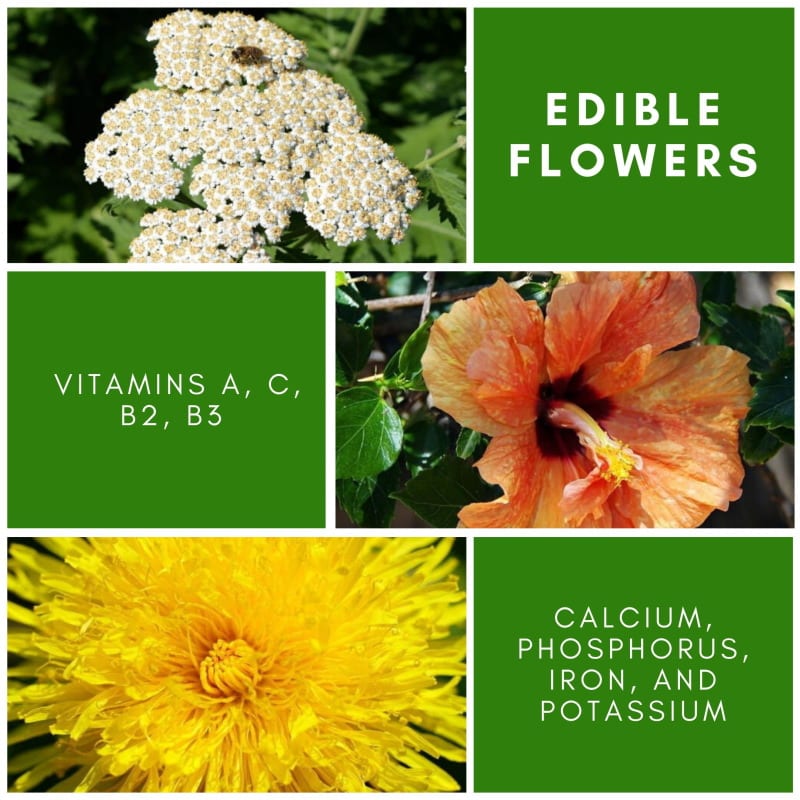
Edible Flowers – Not Just a Modern Food Trend
Edible flowers are not just a modern food trend. People have been using flowers in foods for millennia. Not only do they look pretty, but they are also tasty and nutritional too.
Edible Flowers Add Nutritional Value:
There has not been an extensive amount of studies done to date on edible flowers. But the research there is shows edible flowers provide vitamins A, C, B2, B3 and minerals calcium, phosphorus, iron, and potassium.
The pigments that give them their lovely flower colors are polyphenols. These antioxidants can prevent chronic illnesses like cancer and heart disease. (source 1, and source 2)
Not All Flowers Are Edible
Some flower varieties are poisonous to humans. Some flowers that could be edible are sprayed with pesticides making them toxic.
Always be sure your flowers are from a reputable source and labeled “edible” or “culinary” or “for human consumption.”
If you choose to grow your own, research to make sure they are safe to eat and never spray anything on them or use herbicides around them.
I have several lavender and rosemary plants, as well as a few roses and plenty of yarrow in my yard. Not to mention the dandelions that like to pop up uninvited. All are attractive, edible, and easy to grow with minimal care where I live.
What Flowers Can Be Eaten?
Some edible flowers that can be eaten:
Calendula

Citrus blossom
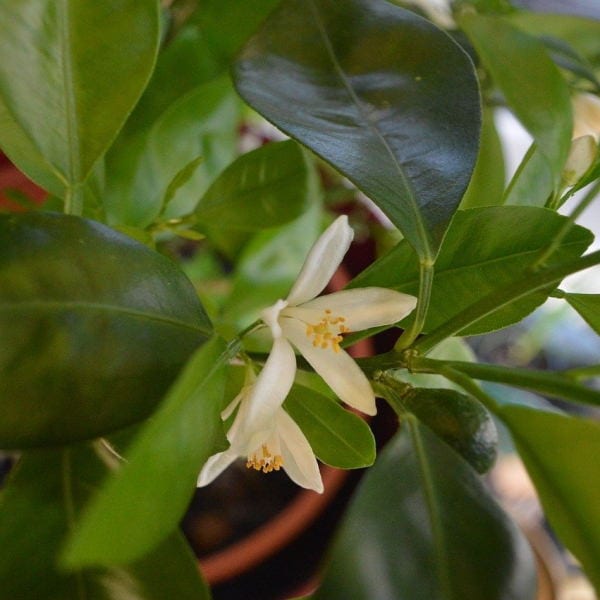
Daisies

Dandelions

Hibiscus (often labeled as Jamaica in the Mexican food aisle)

Honeysuckle (depending on species the berries may be poisonous)
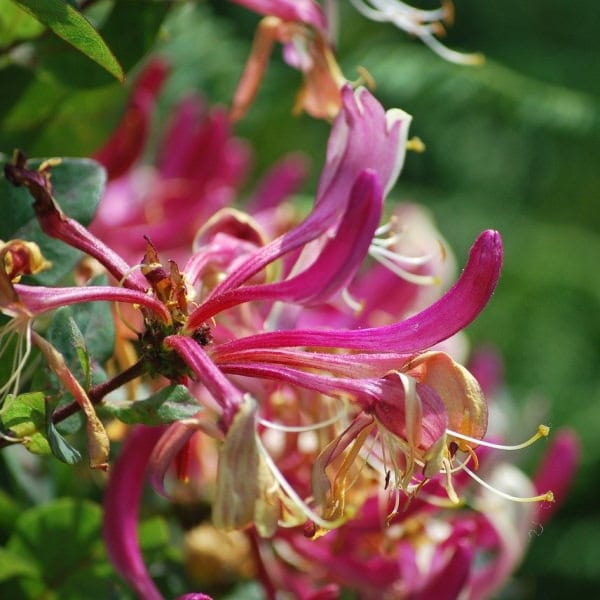
Lavender
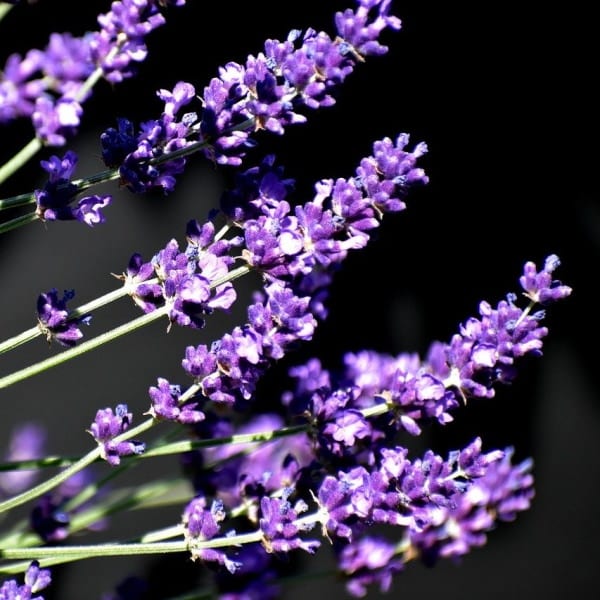
Lilac

Nasturtium

Pansies/Violets
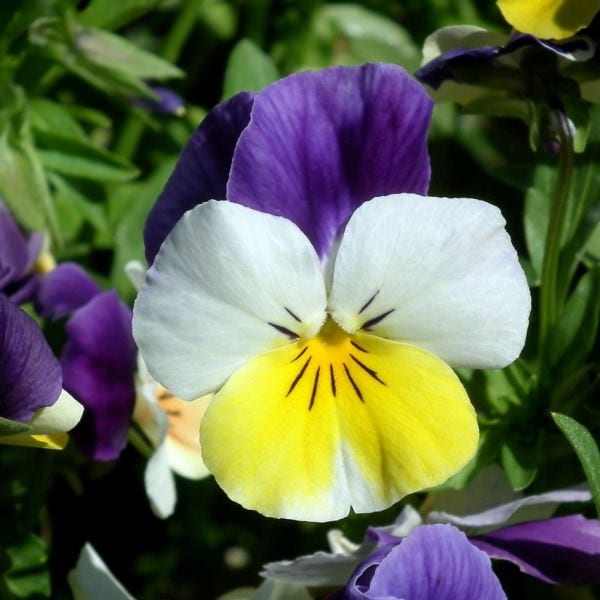
Rosemary
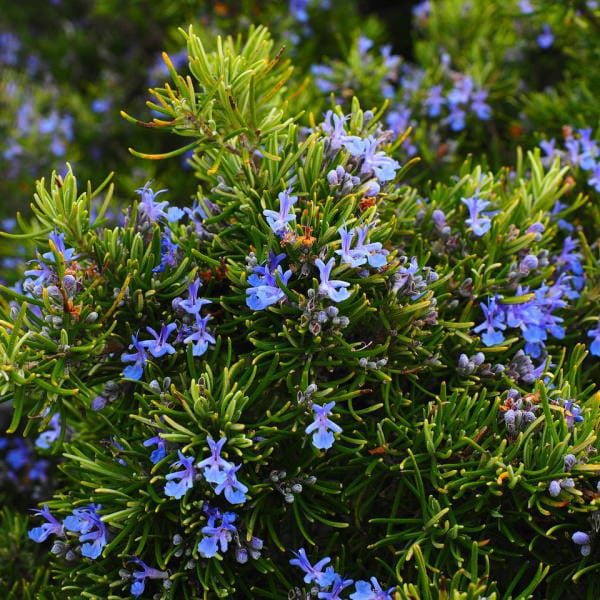
Roses, both the petals and hips (the round ball below the flower)
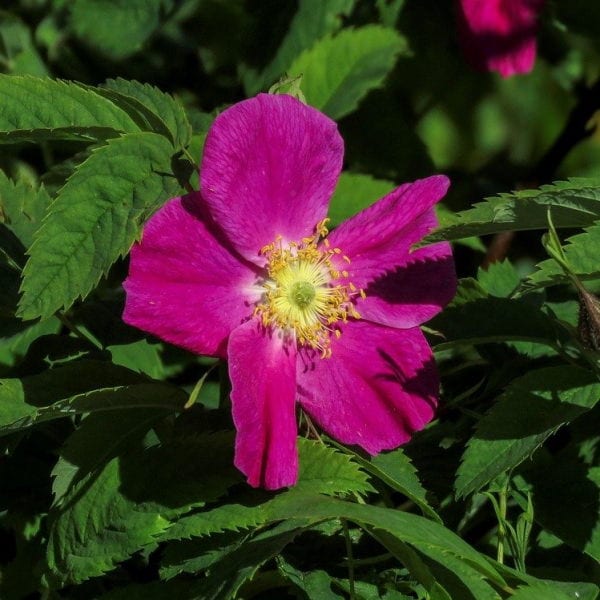
Squash
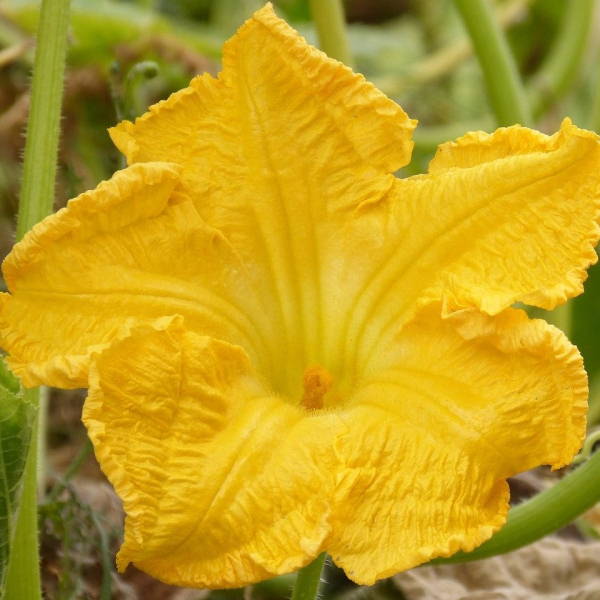
Sunflowers
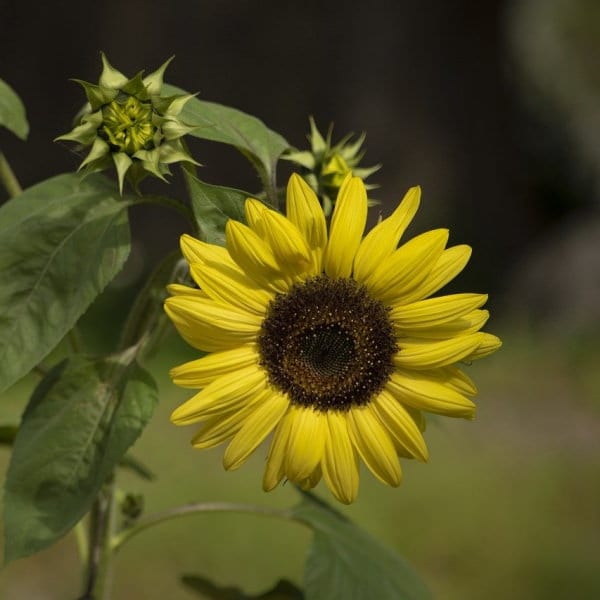
Yarrow

What Do Edible Flowers Taste Like?
It depends on the flower.
Intense smelling flowers like lavender and roses taste like they smell. Squash blossoms taste faintly like the squash.
Calendula has a peppery or bitter taste. Hibiscus is tart.
Though most people mainly use just the rosemary leaves in cooking, the flowers are edible as well, offering a faint taste of rosemary.
How to Serve Flowers
- Use fresh flowers in salads, cheese spreads, compound kinds of butter, or salad dressings.
- Freeze them in ice cubes to dress up cold beverages.
- Brew dried flowers into tea and serve hot or cold.
- Decorate cakes and cupcakes. Add to baked goods.
- Flavor homemade jams and jellies.
- Make a simple syrup. Add equal parts sugar (or sugar-free alternative) and water to a saucepan with some flowers. Bring to a boil, stir to dissolve the sugar, then strain. Use to flavor teas, lemonades, and other drinks.
Edible Flower Recipes
- Berry Hibiscus Iced Tea
- White Peach and Honeysuckle Martini
- Lavender Grape Jelly
- Orange Lavender Marmalade
- Honey Dandelion Shortbread Cookies
- Honey Lavender Scones
- Lemon Calendula Scones
- Squash Blossoms Stuffed with Ricotta
- Tomato and Rose Petal Harissa
- Rosemary Fermented Carrots – Helps Overall Health
- Black Beans Kale
- Strawberry Rosemary Wine Slushies – Beat The Heat
- Parmesan Rosemary Radishes – Juicy & Lightly Sweet
- Carrot Zucchini Ribbons – A Healthy Addition To Summer’s Grilled Foods
- Moringa Leaves – 5 Reasons It’s a True Superfood
- Pomegranate Marinade – A Powerful Antioxidant Boost
- Summer Squash – A Versatile and Nutritious Vegetable
- Black Beans Kale Tomatoes – A Simple Nutrient-Dense Meal
- Dehydrating Herbs for Year-Round Flavor
- Zucchini Salsa – Alternative To Tomato Salsa
- Sauteed Rosemary Beets – Easy Way to Prepare a Superfood
- Ginger Pear Butternut Squash Soup – A Twist On Traditional
- 12 Tips to Make Incredible Green Salads
- Chicken Burrito Bowl – A Staple for The Family
- Maple Cinnamon Squash – Preparing Winter Squash Simply
- Beet Noodles and Greens – High in Fiber, Vitamins & Minerals
- 5 Lessons Research Teaches us about Preparing Tomatoes
- Foil Packet Garlic Herb Chicken with Seasonal Vegetables
- Zutano Avocado – A Rare Tasty Delight
- Organic Celery – Why You Need More Of It
